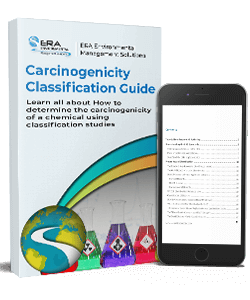Short-term and long-term exposure to carcinogenic substances can negatively impact worker safety by increasing the risk of occupational cancer for your employees.
Therefore, you must accurately identify carcinogens in your facility and provide the proper precautions for your employees. The guidelines for Carcinogenicity classification are detailed in the GHS purple book but reading through the whole book can be daunting.
ERA experts have picked out the essential information for Carcinogenicity classification and summarized them in this concise guide. If you work with SDS for health and safety purposes, this guidance for GHS hazard classifications will save you time and ensure that you have accurate chemical information.

By reading this guide, you will learn the following:
- GHS Classification Criteria for Carcinogenicity
- How to determine the carcinogenicity of a chemical using classification studies
- How additional factors affect the carcinogenicity classification
- Classification for batches and chemical blends








